Features Of PoS Mining
As of July 5, 2022, there are 2 methods of mining cryptocurrencies – according to the Proof-of-Work (PoW) and Proof-of-Stake (PoS) consensus algorithms. Mechanisms have many differences. However, the mining of digital assets by Proof-of-Stake is becoming more popular yearly. The efficiency of the consensus algorithm explains this fact.
PoS mining is the extraction of digital assets by depositing investments. This approach allows blockchain participants not to use power equipment. But this mining method still requires a lot of investment.
- What is PoS mining
- Key Features
- Profitability
- Comparison with PoW
- What is PoS mining Ethereum
- Available cryptocurrency for mining
- How to start PoS mining
- Advantages and disadvantages
- Conclusions
Table of Contents
What is PoS mining
Mining by the Proof-of-Stake mechanism (“proof of share”) is called staking. Mining in this way involves the creation of verification nodes in cryptocurrency networks. They are called validators. Nodes process transactions and sign blocks of digital chains. In return, validators receive rewards from networks.
Key Features
For PoS mining, you need to freeze the coins of the networks of interest on cryptocurrency wallets or intelligent contracts of the corresponding chains. As of July 5, 2022, there are many staking pools. They are created by validators — nodes launched by large investors or popular cryptocurrency platforms. Pools allow customers to participate in staking with minimal investment – from $1 or even less.
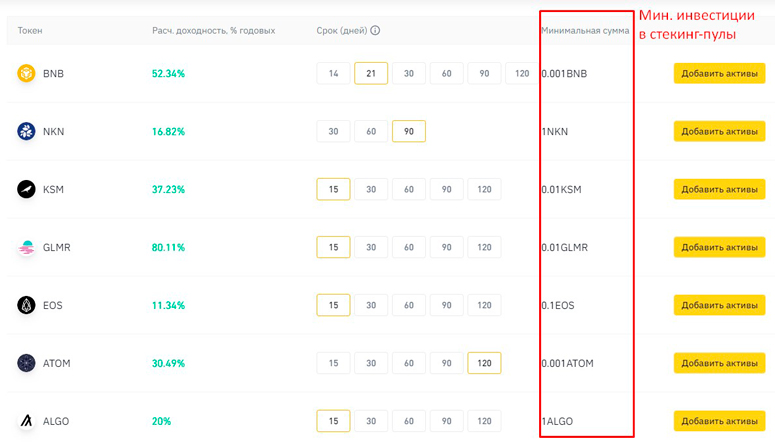
Nodes are rewarded for including blocks in digital networks. At the same time, a fixed number of validators is selected for each check of virtual chain links. For example, the BNB Smart Chain (BSC) network only needs 21 nodes. The validator is chosen according to 3 parameters:
- Age of the bid (total investment freezing time).
- Host status (Internet speed).
- The amount of investment (number of coins).
Usually, blockchain creators indicate the characteristics of the equipment on their websites. Here is an example of the minimum hardware requirements for ether staking in Eth2:
- Operating system – any 64-bit.
- The central processor of the computer is AMD FX-8110 or Intel Core i5-7600.
- RAM – 4 GB.
- Free space – 20 GB.
- Internet speed – 10 Mb / s.
Also, when crypto mining over PoS, it is difficult to carry out a 51% attack. To implement it, you must block 51% of the already frozen coins – usually billions of dollars. This is not only very expensive but also does not pay off the result of the attack.
Profitability
Often, staking brings a small annual return. Examples of profitability when storing various digital assets in a wallet account for 12 months.
| CRYPTOCURRENCY | TICKER | BLOCKCHAIN | AVERAGE PROFIT FOR 12 MONTHS (AS OF JULY 5, 2022) |
|---|---|---|---|
Comparison with PoW
The Proof-of-Work consensus algorithm is very different from the Proof-of-Stake mechanism. Comparison of PoW and PoS.
| PARAMETER | PROOF-OF-STAKE | PROOF OF WORK |
|---|---|---|
| A basic requirement for cryptocurrency mining | The presence of a large number of digital coins | Using equipment with a high hashrate |
| What do investors do with mined coins | Often accumulated for investments in Proof-of-Stake mining | Usually sold to pay for electricity |
| Who receives rewards from cryptocurrency networks | Selected validators by a random distribution of premiums | Only miners who sign and include blocks in digital networks |
| Electricity consumption | Low | very high |
What is PoS mining Ethereum
This refers to the mining of ETH coins in the Ethereum 2.0 blockchain. This chain uses the PoS consensus algorithm. For this reason, mining in Ethereum 2.0 is done using the staking method. To do this, Ethereum holders must block coins on an Ethereum 2.0 smart contract and run nodes.
Available cryptocurrency for mining
As of July 5, 2022, the most popular and profitable coins for PoS mining are:
- The Graph – up to 128.15%. Cryptocurrency token of a decentralized protocol. Developers use the application to create requests to the Ethereum blockchain.
- PancakeSwap – up to 87.41%. PancakeSwap decentralized exchange token. The protocol runs on the BSC network.
- Axie Infinity – up to 72.00%. A token from the creators of the GameFi project of the platform of the same name. The game runs on the Ronin network, an Ethereum sidechain.
- DeFiChain – up to 47.52%. Also, the cryptocurrency of the platform of the same name. Its developers are building a protocol to massively scale the digital DeFi sector.
- EOS – up to 34.00%. Coin of the Block.one cryptocurrency project. Its creators launched their blockchain (an Ethereum competitor) on their platform to provide customers with high throughput – the ability to conduct transactions quickly.
- Osmosis – up to 29.93%. Token of the cryptocurrency platform of the same name. The platform’s trading system’s main elements are based on the Tokyo Stock Exchange’s developments.
- Secret – up to 24.97%. Coin of the Secret Network project. Its developers create a private blockchain that can use intelligent contracts by different companies.
- THORchain – up to 19.31%. Coin of the THORchain cryptocurrency project. Its blockchain is based on the principles of decentralization and anonymity. The network allows users to transfer many popular digital coins between chains quickly.
- Kusama – up to 15.26%. Cryptocurrency coin of the chain of the same name. The network is Polkadot’s parallel blockchain that allows developers to test new protocols and other solutions before the official launch.
- Cronos Coin – up to 14.75%. Token of the Cronos cryptocurrency system. The project is engaged in the distribution of decentralized protocols and the creation of its blockchain.
How to start PoS mining
Cryptocurrency mining is launched by setting up a validator using special software. The algorithm of actions on the example of the Ethereum 2.0 blockchain looks like this:
- Open the official Ethereum launchpad.
- Click on “Become a validator.”
- Read all terms and conditions.
- Choose 1 of the 4 suggested executor clients (for Eth1) and install it (instructions are on the page).
- Click on “Continue.”
- Choose 1 of the 4 consensus programs and download it (guides are provided on the Ethereum website).
- Click on “Continue.”
- Specify the number of nodes to run.
- Select the operating system of the equipment for PoS mining.
- Generate a pair of crypto-currency keys.
- Download validator keys.
- Create a wallet and replenish the balance of the Ethereum address.
- Download deposit_data.json.
- Confirm crypto storage mnemonics and critical storage.
- Upload deposit_data.json to the PoS mining management site and connect the wallet to the service.
- Block ethers on a smart contract.
After the PoS algorithm is completed, Ethereum mining will start automatically. Self-staking will use the computing power of the hardware.
It is easier to start PoS mining through a staking pool. The algorithm for connecting to a trusted validator on the example of the Binance Staking service is as follows:
- Go to the website of the Binance cryptocurrency system.
- Open the list of Earn tools.
- Go to the Binance Earn section.
- Select “Staking ETH 2.0” in the “Staking” list.
- Click “Start Staking.”
- Specify the stake amount.
- Check the box “I have read and agree to the Binance Staking Service Agreement” and click “Confirm.”
Upon completion of the algorithm, the specified number of cryptocurrency coins will be invested in the staking pool. ETH mining will start automatically without using the power of the equipment.
Advantages and Disadvantages
Pros and cons of PoS mining.
| ADVANTAGES | FLAWS |
|---|---|
| High environmental safety. Validation does not require a large hashrate, so the process does not require a lot of electricity. | Decrease in the turnover of cryptocurrencies. Investors are interested in depositing coins, not trading in the digital asset market. |
| Minimal risk of losing investments. Cryptocurrency can usually be withdrawn from staking and sold at any time. | The threat of decentralization. Large blockchain nodes collect many coins in one hand. |
| Possibility of Proof-of-Stake mining of cryptocurrencies without special knowledge. PoS mining through pools is available to many users. | Low profit. The staking yield of many popular cryptocurrencies rarely exceeds 20%. |
| Lack of geo-referencing. You can run validator nodes even on laptops. | High threshold of entry. Running your node requires a significant investment. However, staking pools solve this problem. |
| High technical security of networks with the Proof-of-Stake algorithm | |
| Large selection of cryptocurrency platforms for PoS mining of digital assets |
Conclusions
PoS in mining is a cryptocurrency consensus algorithm. It defines the methods of blockchain operation and the conditions for paying rewards to validators – the nodes of networks with Proof-of-Stake. Mining cryptocurrencies by PoS is called staking. It involves blocking digital assets in wallets or on intelligent contracts of networks.

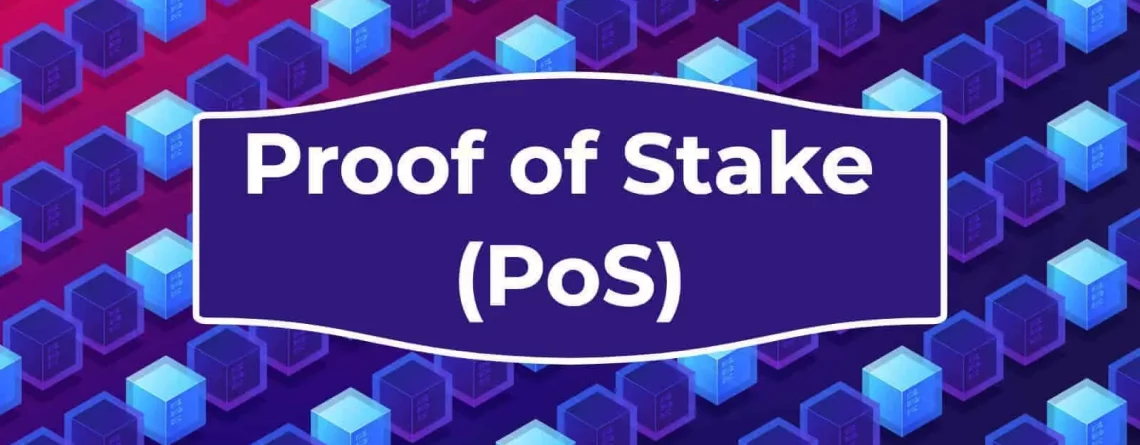
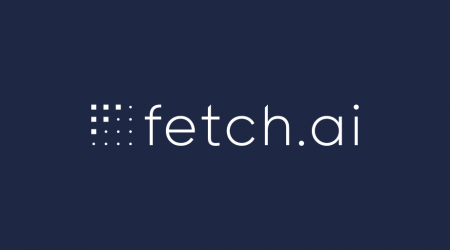


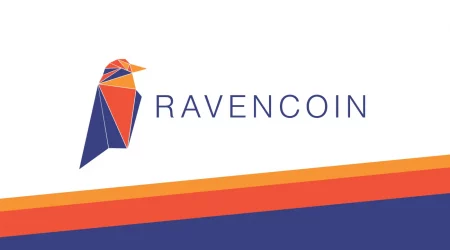
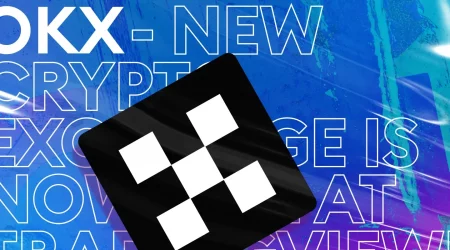
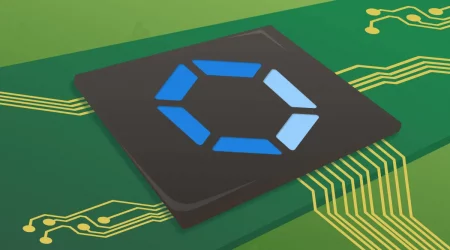
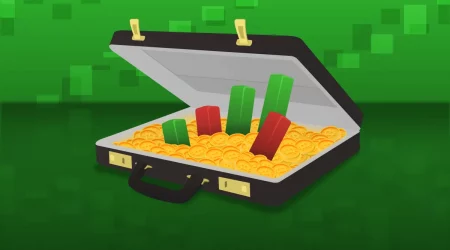

Leave a Reply